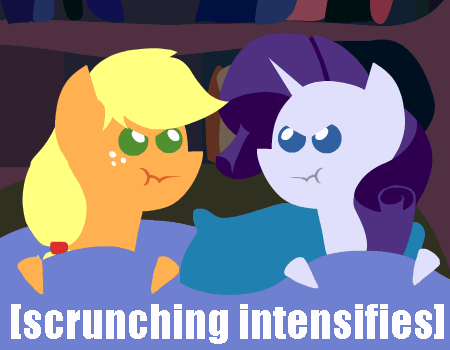How much hate is there on Facebook?
By Razvan Nicolescu, on 2 March 2015

One of the 10 best memes of 2013 according to wired.com
This blog post was inspired by one question Sonia Livingstone asked the Global Social Media Impact Study team after our joint presentation at SOAS. The question was addressing the relation between emotions and social media and in particular to what extent we agree with the stereotypical image that sees social media as the default display for negative comments and interventions.
In the first part of my answer, I was arguing that seldom ‘the negative’ is already in the gaze of many observers of social media. Sometimes, negative news, heated discourses, and reports of intolerance are so poignant and invite to instantly share that they gain a kind of momentum that clearly stands apart from any other type of information. Then, everyday online conversations could allude to the ‘theme of the day’ as it were.
But, after 15 month of fieldwork in southeast Italy I cannot really say that ‘the negative’ dominates social media. By contrary, if we take a look at the Facebook pages of people in Grano in any given day and apply some simple statistics, we will see that most of the times the negative comments represent less than 10% of the total number of comments, while sometimes they are negligible, hatred is virtually absent! Instead, people really prefer irony and wittiness to express their various disappointments and discontents on a daily basis.
This points to the issue that in what regards news, social media behaves quite similar to a classical broadcast medium such as TV; the main differences rest in its real-time, broadness, and reproductive nature, as well as in the possibilities of (usually) horizontal interaction using the same environment. But then, most people prefer to use social media to engage with the mundane, the personal. In this context, most accusations of social media as being shallow and negative come from the fact that both the public and the private are conflated in the same platform. As I showed elsewhere, in southeast Italy most people have solved this tense situation by finding alternative spaces where they could really be private: such as mobile messaging and WhatsApp.
This points to the second part of my response, which is about the different layers of intimacy people in Grano actually construct by means of social media. I have discussed this elsewhere, but, we can just think of somebody who uses mostly text messages to communicate with her fidanzato, phone calls with her parents, WhatsApp with her best friends, and share Facebook statuses and comments to everybody else. These different layers of intimacy suppose different sets of emotions that could be better expressed by different media. The mechanism by which people use different media to objectify the particular kinds of relations they have or want has been described in the theory of Polymedia.
Therefore, I suggest that most of the stereotypical allegations around social media are informed by a stereotypical understanding of media as a homogenous and consistent environment with well-defined purposes. And it is also true that most people I worked with see Facebook as imposed from the exterior, by some higher social and economic forces, and maybe this is why most of them do not see any problem if someday it will simply disappear.
 Close
Close







